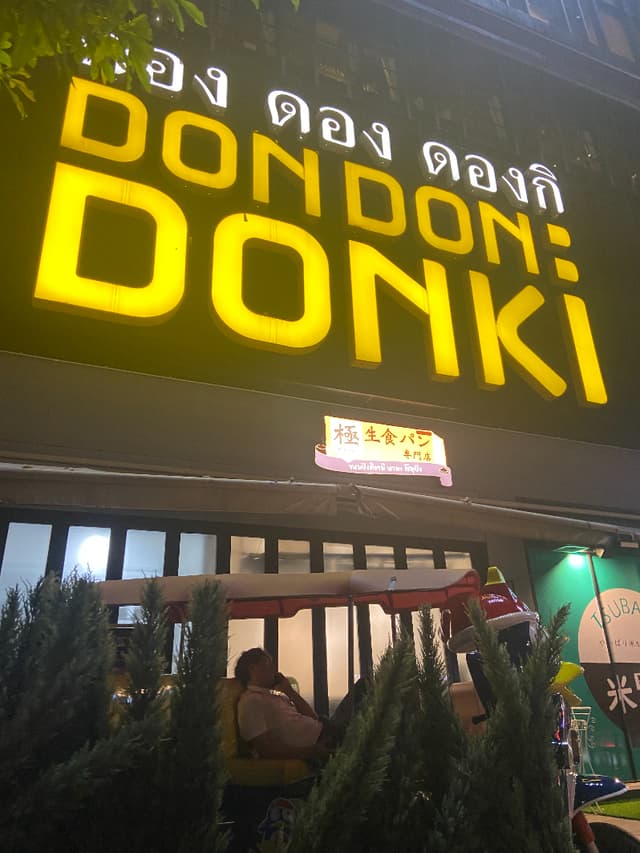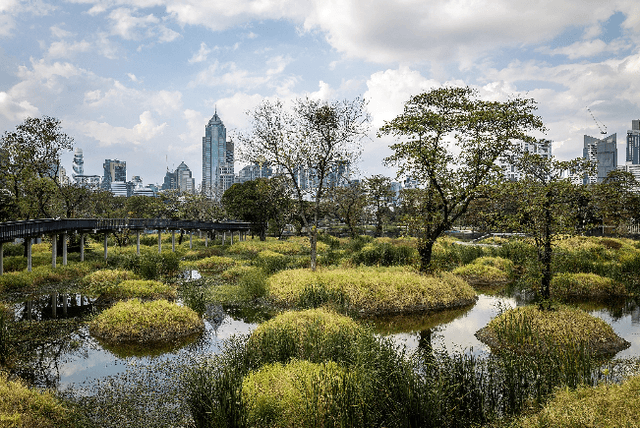Donki Mall Thonglor vs. Benjakitti Park
Donki Mall Thonglor
Donki Mall Thonglor is a six-story shopping and entertainment spot in Bangkok’s Thonglor area, known for its Japanese-themed shops and restaurants. The main draw is the Don Don Donki store, part of Japan’s Don Quijote chain. It’s open 24 hours and sells all kinds of Japanese products—everything from snacks, fresh produce, and sushi to skincare, toys, and cosplay gear. Prices are usually affordable, similar to what you’d find in Japan. The first floor has a supermarket packed with Japanese groceries, while other floors have cafes, restaurants, and specialty shops. You’ll find Korean bars, a golf shop, a mini pharmacy, and even a sports area. There’s a food zone that stays open all night, so you can grab a quick bite no matter the hour. The third floor has a Ma Maison restaurant and a space with public seating—handy if you just want to cool off in the air-conditioning. Parking can be tricky unless you’re dining at one of the restaurants on the upper floors. If you’re coming by BTS,...
Benjakitti Park
Benjakitti Park is a big, green space in the middle of Bangkok, Thailand. It’s right next to the Queen Sirikit National Convention Center, making it easy to get to, especially with nearby MRT and BTS stations. The park opened in 2004 to celebrate Queen Sirikit’s 72nd birthday, but it had been around in some form since 1992. The main feature is a large lake surrounded by paths where people jog, walk, or cycle. You can even rent a bike or boat there. It’s a popular spot for exercise, relaxing, or just getting away from the city’s noise. In 2022, the park got a major upgrade with the addition of Benjakitti Forest Park. This expansion added wetlands, elevated walkways, rare plants, and an outdoor amphitheater. Walking through the forest park feels like stepping into nature, right in the middle of the city. There’s even a walkway that connects it to Lumphini Park, another big green space nearby. Overall, Benjakitti Park is a peaceful escape with a mix of open spaces, trees, and water—gre...
Reviews
Reviewed on 2/25/2025
Reviews
Reviewed on 2/19/2025
Benjakitti Park is one of my favorite places in all of Bangkok. In fact, I had struggled adapting to the life in Bangkok before I first discovered it. The city can be overwhelming, with all the traffic, busy streets, and city noises, and in Benjakitti I have found the perfect antidote. It's like a huge green oasis in the middle of Bangkok, you can spend the better part of the day strolling around the lake or through the wetlands. The park is popular with runners, I often go there in the evening to run a couple of loops around the lake. There are many well-maintained running paths around the park but the lake loop is my favorite. Queen Sirikit National Convention Center is right next door, I usually go there after my runs or walks around the park to grab snack and cool down. The park is easily accessible through the Asok BTS station or the Queen Sirikit National Convention Center stop on the blue MTR line. Funny thing is, when I have friends or family visit me in Bangkok they are rarely keen to visit this park but once they do they usually want to visit again. My only bone to pick with this park is that there are warning signs around promising water monitor lizards but I'm yet to see one.
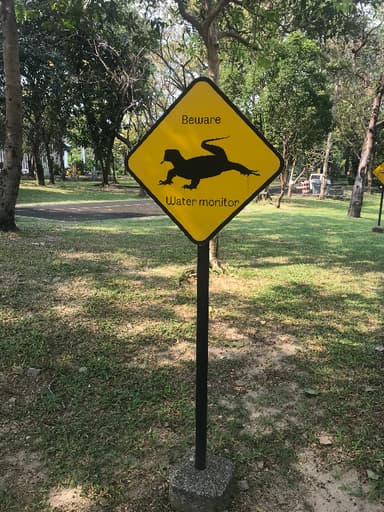
| Item | Votes | Upvote |
|---|---|---|
| Fun | 1 | |
| Open until late | 1 |
| Item | Votes | Upvote |
|---|---|---|
| No cons yet, would you like to add one? | ||
| Item | Votes | Upvote |
|---|---|---|
| Lots of nature | 1 | |
| Running paths | 1 | |
| Meditation space | 1 | |
| Large lake | 1 | |
| Queen Sirikit National Convention Center nearby | 1 |
| Item | Votes | Upvote |
|---|---|---|
| No cons yet, would you like to add one? | ||
Frequently Asked Questions
Donki Mall Thonglor offers a vibrant shopping and entertainment experience with a variety of Japanese-themed shops and restaurants, making it ideal for those looking to shop and dine. In contrast, Benjakitti Park provides a peaceful escape with its large lake and green spaces, perfect for outdoor activities like jogging or cycling. The choice depends on whether you prefer a lively shopping atmosphere or a tranquil nature experience.
Benjakitti Park is more suitable for exercise, featuring well-maintained running paths and options for cycling and boating. It is a popular spot for joggers and those looking to enjoy outdoor activities. Donki Mall Thonglor, while open late and fun, primarily focuses on shopping and dining rather than physical activities.
Donki Mall Thonglor may offer a better experience for families looking for a variety of activities, including shopping, dining, and entertainment options. It has a food zone open all night and various shops that cater to different interests. On the other hand, Benjakitti Park is great for families who enjoy outdoor activities and nature, providing a space for relaxation and exercise, but it may not have as many diverse activities as the mall.
Benjakitti Park is generally more accessible due to its proximity to MRT and BTS stations, making it easy to reach for both locals and tourists. Donki Mall Thonglor, while also accessible, may require additional transportation options like taxis or a longer walk from the nearest BTS station.
Donki Mall Thonglor is a six-story shopping and entertainment destination located in Bangkok’s Thonglor area. It features Japanese-themed shops and restaurants, with the main attraction being the Don Don Donki store, part of Japan’s Don Quijote chain. The mall is open 24 hours and offers a wide range of Japanese products, including snacks, fresh produce, sushi, skincare, toys, and cosplay gear. The first floor houses a supermarket filled with Japanese groceries, while other floors include cafes, restaurants, and specialty shops.
Pros of Donki Mall Thonglor include its fun atmosphere and the fact that it is open until late, making it convenient for late-night shopping and dining. Currently, there are no cons listed by users.
At Donki Mall Thonglor, you can find a variety of Japanese products, including snacks, fresh produce, sushi, skincare items, toys, and cosplay gear. The mall also features cafes, restaurants, a mini pharmacy, a golf shop, and a food zone that remains open all night for quick bites.
To get to Donki Mall Thonglor, the closest BTS station is Thong Lo Station. From there, you can take a taxi or walk approximately 20 minutes. There is also a shuttle bus available from Sukhumvit Road. Parking can be challenging unless you are dining at one of the restaurants on the upper floors.
The ambiance at Donki Mall Thonglor is lively and fun, reflecting its Japanese theme. The mall is less crowded than it used to be, allowing for a more relaxed shopping experience. The presence of various cafes and restaurants adds to the vibrant atmosphere, making it a great place to spend time.
Benjakitti Park is a large green space located in the heart of Bangkok, Thailand. It features a large lake surrounded by paths for jogging, walking, and cycling. The park is adjacent to the Queen Sirikit National Convention Center and offers various amenities, including bike and boat rentals. In 2022, it expanded to include Benjakitti Forest Park, which added wetlands, elevated walkways, and an outdoor amphitheater, providing a peaceful escape from the city's hustle and bustle.
Pros of Benjakitti Park include its abundant nature, well-maintained running paths, designated meditation spaces, a large lake for recreational activities, and its proximity to the Queen Sirikit National Convention Center. Currently, there are no listed cons for the park, making it a highly regarded spot for both locals and visitors.
At Benjakitti Park, visitors can enjoy a variety of activities such as jogging, walking, cycling, and boating on the lake. The park also offers spaces for meditation and relaxation, making it an ideal location for exercise and unwinding amidst nature.
Benjakitti Park is easily accessible via public transportation, with nearby MRT and BTS stations, including the Asok BTS station and the Queen Sirikit National Convention Center stop on the blue MTR line. This makes it convenient for both locals and tourists to visit the park.
The ambiance at Benjakitti Park is tranquil and refreshing, providing a green oasis in the bustling city of Bangkok. With its large lake, lush greenery, and well-maintained paths, the park offers a peaceful environment for relaxation, exercise, and enjoying nature.
Related Content & Alternatives
- 2
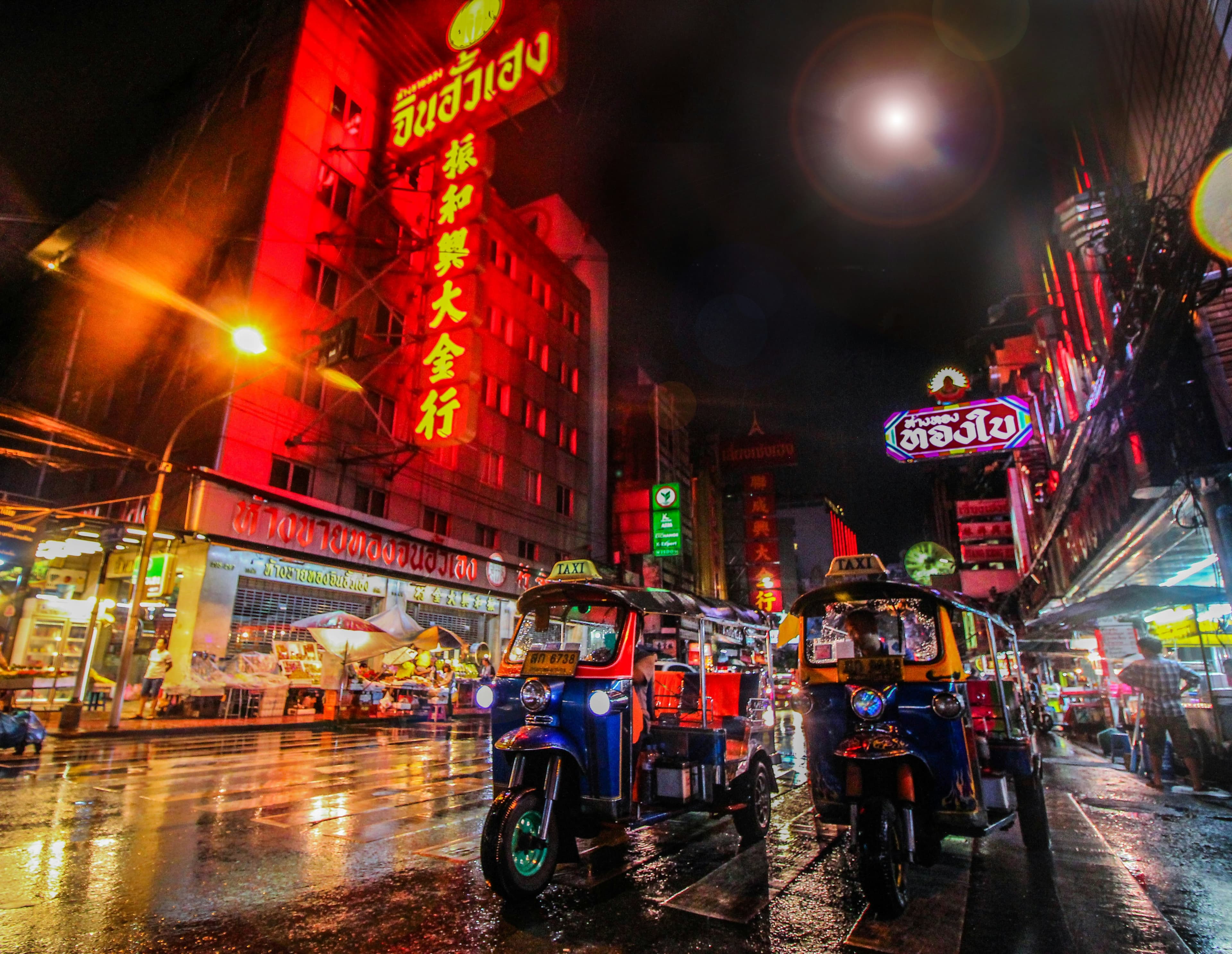 2.Bangkok, Thailand
2.Bangkok, ThailandBangkok is the capital of Thailand and its biggest city. It sits along the Chao Phraya River in central Thailand, spreading out over a large area with nearly 9 million people living in the city itself and over 17 million in the surrounding region. It’s a place that mixes old traditions with modern life. On one side, you’ve got ancient temples like Wat Pho and Wat Arun, and on the other, you’ve got massive shopping malls and skyscrapers. The city has been around for a long time, starting as a small trading post in the 15th century. It became the capital in 1782 when King Rama I moved it to the eastern bank of the river. Over the years, Bangkok has seen a lot—colonial pressures, modernization, political protests, and economic growth. It really took off in the 1980s and 1990s when foreign companies started setting up shop there. Bangkok is known for being busy and full of life. The streets are packed with cars, motorbikes, and tuk-tuks, which often leads to heavy traffic. Despite efforts to improve public transportation with skytrains and subways, traffic jams are still a common headache. The air can get polluted, but things have improved since the 1990s. Tourism plays a huge role in the city. People from around the world come to see places like the Grand Palace or enjoy the street food. Markets like Chatuchak and floating markets offer everything from clothes to local snacks. Khao San Road is popular with backpackers, full of budget hostels, bars, and street vendors. The city has a vibrant culture. Festivals like Songkran (Thai New Year) turn the streets into massive water fights, and during Loi Krathong, people float little boats with candles on the water. Bangkok also has a wild nightlife scene, ranging from lively bars to well-known red-light districts. There are two sides to Bangkok—modern malls, luxury hotels, and fine dining on one side, and narrow alleyways with street food stalls and local markets on the other. It’s a city that can feel overwhelming with the heat, traffic, and crowds, but it’s also full of energy, surprises, and contrasts.
- 0
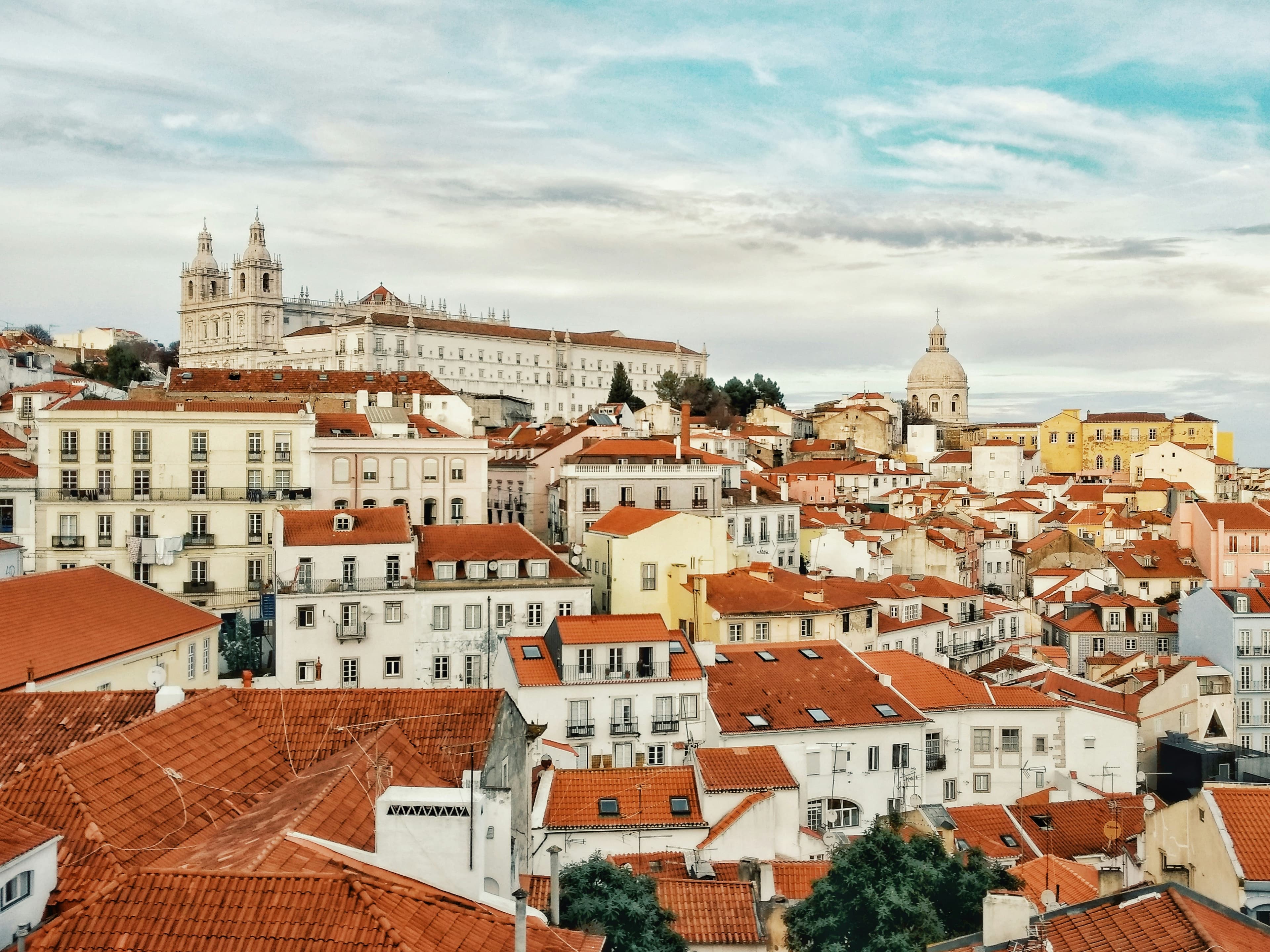 3.Lisbon, Portugal
3.Lisbon, PortugalLisbon sits on the western edge of Europe, right where the Tagus River meets the Atlantic Ocean. The city is built on a series of hills, which gives it sweeping views of red-tiled rooftops, cobbled streets, and the water beyond. Walking around, you’ll notice how the narrow lanes twist and turn, especially in neighborhoods like Alfama, where clotheslines stretch between buildings and the smell of grilled sardines lingers in the air. It’s a place where old and new blend together. You’ll find trams from the early 20th century rattling through streets, while modern glass buildings rise up in other parts of town. Down by the river, the Belém Tower and Jerónimos Monastery, both from the Age of Discovery, remind you that Portuguese explorers once set out from this very spot. Lisbon gets plenty of sunshine—nearly 3,000 hours a year. Summers are warm and dry, while winters stay cool and damp, but not too cold. Along the riverbanks, locals sit at cafés, sipping coffee or wine, while ferry boats glide across the water. Economically, Lisbon is Portugal’s hub, with banking, tech companies, and tourism bringing in most of the money. There’s a steady flow of visitors, drawn by the mild weather, historic sites, and laid-back vibe. Despite the city’s modernization, many residents struggle with rising living costs, especially with the influx of tourists and expats driving up housing prices. Culturally, the city is rich. Fado music echoes from small bars, and street art colors many walls. Markets buzz with fresh produce and seafood. People here celebrate Saint Anthony’s festival in June with street parties, music, and grilled sardines everywhere you look. Getting around is easy enough. There’s an extensive metro system, old-school trams, buses, and even ferries to cross the river. And if you fancy a bit of green space, parks like Eduardo VII Park or Monsanto Forest Park offer a break from the city streets. In short, Lisbon is a city that wears its history proudly but doesn’t mind embracing the modern world. It’s got a relaxed pace, friendly locals, and a charm that’s hard to shake.
- 3
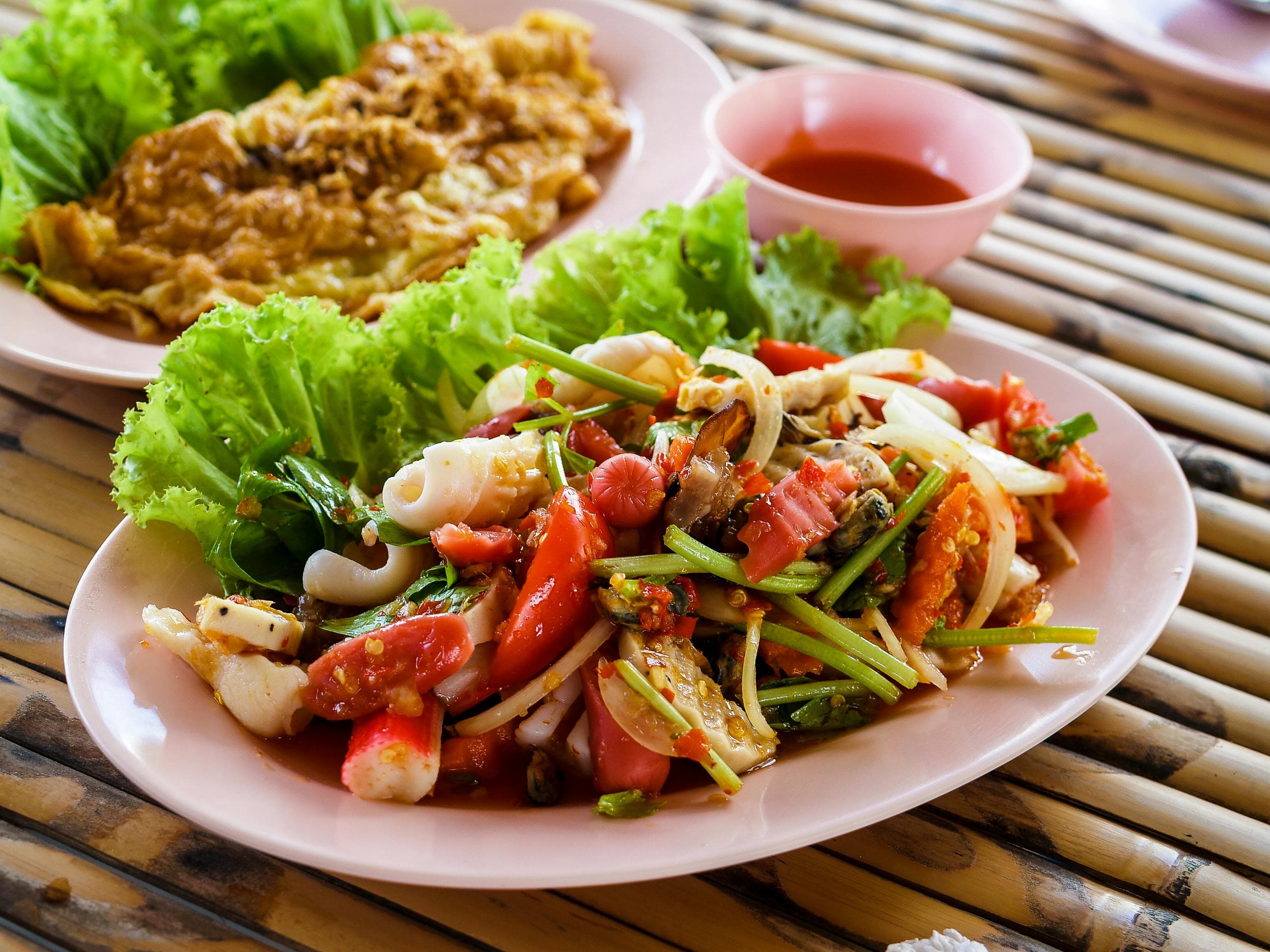 2.Thai Cuisine
2.Thai CuisineThai cuisine is all about bold flavors, fresh ingredients, and a balance of sweet, sour, salty, bitter, and spicy tastes. Every meal feels like a mix of contrasts that somehow just works. You’ve got fragrant herbs like lemongrass, Thai basil, and kaffir lime leaves, paired with staples like fish sauce, chili, and coconut milk. Rice is at the heart of it all—jasmine rice is common in central and southern Thailand, while sticky rice rules up north and in the northeast. Meals are usually shared. There’ll be a spread of dishes—maybe a curry, a stir-fry, a soup, and a salad—all eaten with rice in the middle. The idea is to balance flavors across the meal rather than in just one dish. You might get the rich creaminess of massaman curry alongside the sharp, spicy crunch of som tam (green papaya salad) and the comforting warmth of a clear broth like tom yum. Street food is a huge part of everyday life. Walk down any road and you’ll find vendors grilling skewers of marinated meat, tossing noodles in sizzling woks, or dishing up hot bowls of noodle soup. Grab a plate of pad Thai, a bag of fried chicken with sticky rice, or a steaming bowl of boat noodles from a floating market. And if you’ve got a sweet tooth, there’s mango sticky rice, coconut-based desserts, and crispy pancakes filled with sweet custard. Different regions have their own twist. In the north, dishes like khao soi—a curry noodle soup topped with crispy noodles—are popular, while the northeast (Isan) is known for grilled meats, sticky rice, and punchy salads. Down south, expect fiery curries with plenty of coconut milk and fresh seafood. Even breakfast can be exciting—sometimes just rice and an omelet, other times noodle soups or patongko (Thai donuts) with sweetened condensed milk. No matter where you go in Thailand, the food is vibrant, flavorful, and often made to be enjoyed with others. It’s comforting, lively, and always about that perfect mix of flavors.
- 1
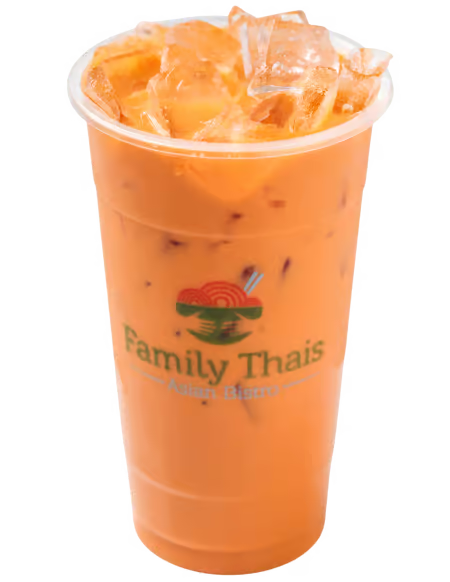 5.Thai Tea
5.Thai TeaThai tea is a sweet, creamy drink made from strong black tea, usually Ceylon or a local version of Assam. It’s brewed with sugar and often flavored with condensed milk, giving it that rich, smooth taste and signature orange color. When served cold, it’s poured over ice, sometimes with a splash of evaporated milk on top for that creamy swirl. In Thailand, you’ll find it in tall glasses at restaurants or in plastic cups or bags from street vendors. Some places even turn it into a blended drink, like a frappé. There are variations too—like a version without milk called “dark Thai iced tea,” or one with lime for a citrusy kick. People drink it hot in the mornings as well, often with fried dough sticks.
- 2
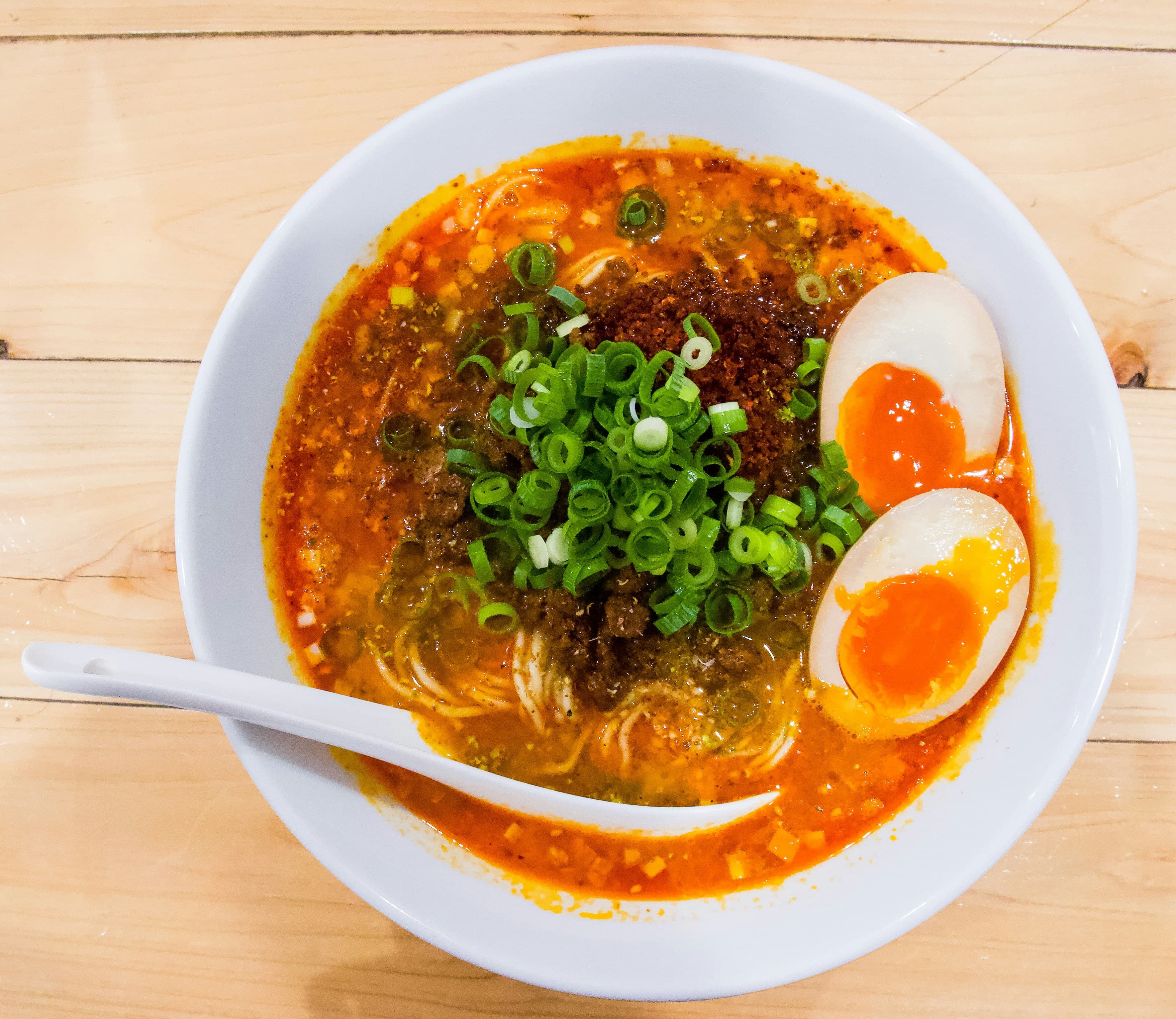 1.Tantanmen
1.TantanmenAlso know as Tan Tan Ramen. This is the best ramen, period. Rich, creamy, and spicy, topped with eggs and ground pork. It has a distinctive flavor thanks to the use of chili oil and doubanjiang, a type of spicy bean paste. It originated from similar Sichuanese dish called Dandan noodles.
- 1
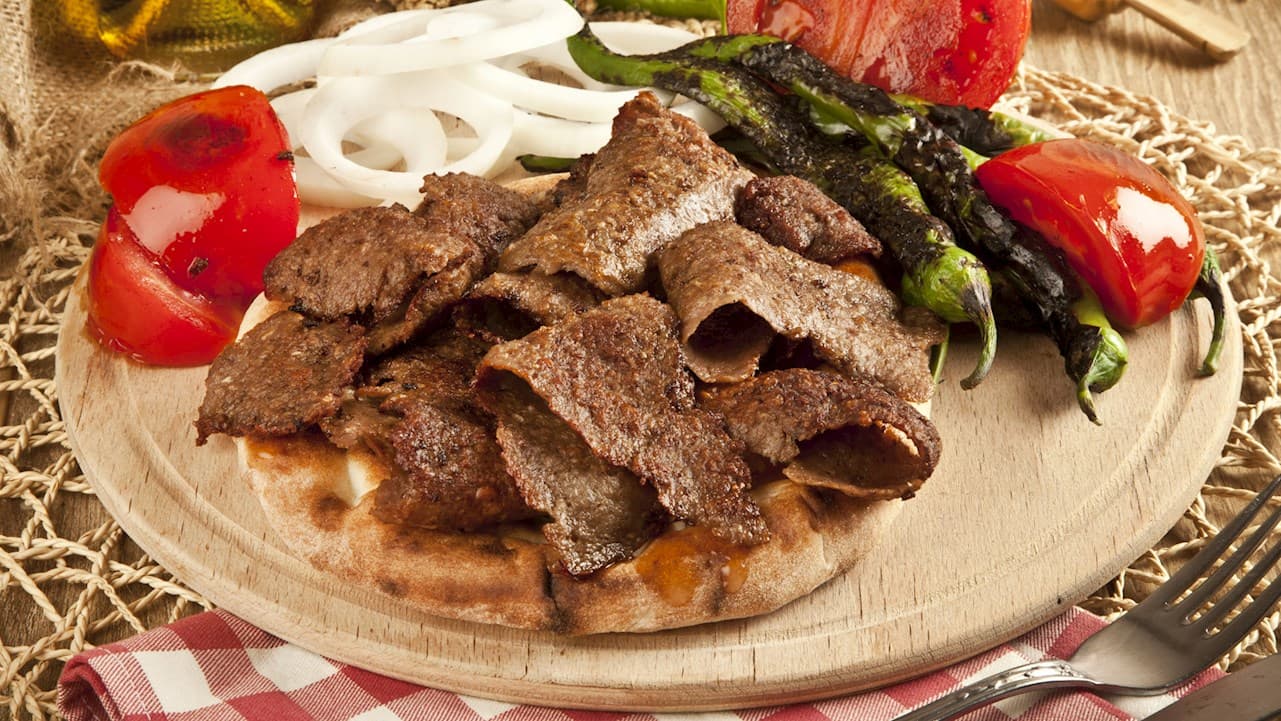 3.Doner Kebab
3.Doner KebabDoner Kebab, with its perfectly spiced, succulent slices of meat crisped to perfection, nestled in fresh, fluffy bread, and complemented by an array of vibrant, tangy sauces and fresh vegetables, offers an unrivaled symphony of flavors. This culinary masterpiece marries the art of seasoning and grilling, making each bite an unforgettable taste sensation that dances across the palate. Its universal appeal lies not just in its deliciousness, but in its ability to bring together the best of global flavors, making it a top contender for the best-tasting dish in the world.
- 1
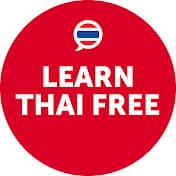 2.ThaiPod101's Live YouTube Channel
2.ThaiPod101's Live YouTube ChannelLearning a new language is hard, you need a lot of repeated exposure to the same words to make them stick. Here's the trick I use. I open ThaiPod101's live channel and let it run in the background while I do something else. For example, I can have it open while cooking dinner or tidying up. Even if I look at the screen only occasionally, I still get the benefits of being repeatedly exposed to Thai vocabulary. This works particularly well in combination with other learning methods. If you have a smart TV or a Chromecast, you can even play it on your TV instead of regular TV channels. The channel runs 24/7 and replays ThaiPod101 lessons.
- 1
 3.Italki
3.ItalkiItalki is a platform connecting language teachers, mostly native speakers, with students. You can book, pay, and schedule your classes directly through their website. The classes are one on one, just you and the teacher, and conducted over a video call. I used Italki successfully before going to Thailand for the first time. My wife who is Thai gave me an Italki gift card. There are plenty of teachers to chose from and the rates are affordable. You'll pay anywhere from $10 to about $20 for a class.
- 2
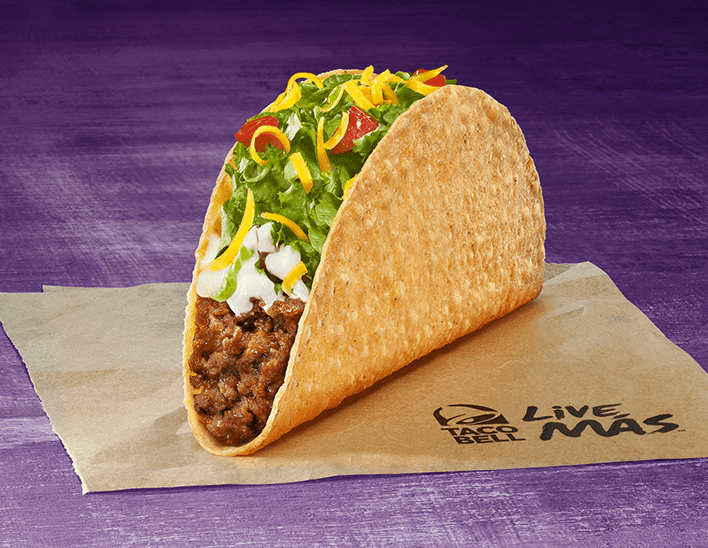 2.Taco Bell
2.Taco BellTaco Bell is a fast-food chain from the U.S. that serves Mexican-inspired food. You’ll find things like tacos, burritos, nachos, and quesadillas on the menu, plus some of their own creations like the Crunchwrap Supreme and Doritos Locos Tacos. They’re known for mixing up flavors with American-style ingredients, so don’t expect something like you’d find at an authentic Mexican place—it’s more of a quick, grab-and-go option with lots of cheese, sauces, and seasoned meats. The first Taco Bell opened in 1962 in California, started by Glen Bell. He got the idea after seeing how popular a local Mexican restaurant was. Since then, it’s grown huge, with thousands of locations not just in the U.S. but in many countries around the world. Most of the stores are run by independent owners, not directly by the company. The menu changes a lot. They’ll bring in limited-time items and have tried everything from breakfast offerings to vegan options. They also have a value menu with cheap eats if you’re on a budget. Some of their restaurants, called "Cantinas," serve alcohol and have a more modern vibe, especially in city areas. Taco Bell has done plenty of quirky promotions over the years, like offering free tacos if a base is stolen during the World Series or letting people get married at their flagship Las Vegas location. It’s the kind of place people either go to when they want something quick and filling or when they’re craving something salty and cheesy late at night.
- 2
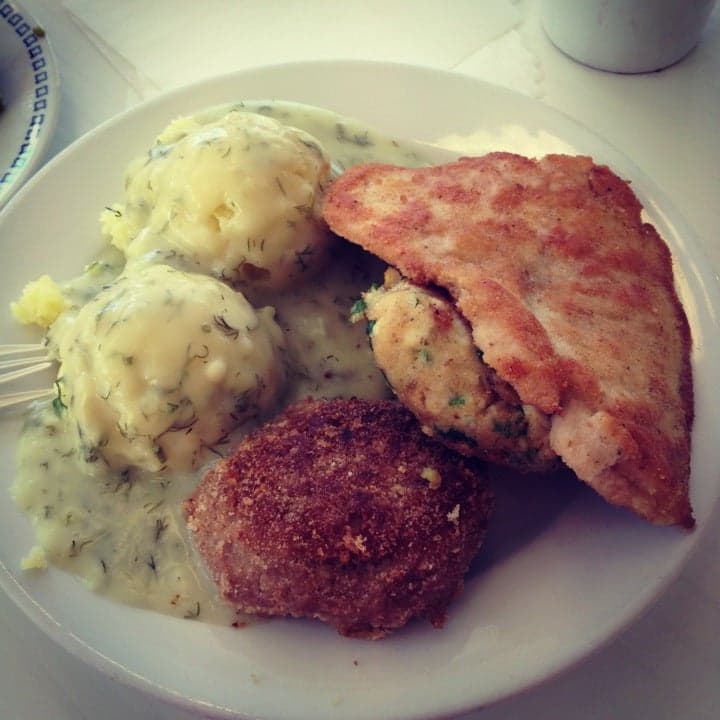 1.Bar Mleczny Słoneczny
1.Bar Mleczny SłonecznyAn authentic Polish milk bar. Cheap and delicious. Serves typical Polish foods. Probably the most affordable place in the center of Gdynia. Can get crowded at lunch time.
- 0
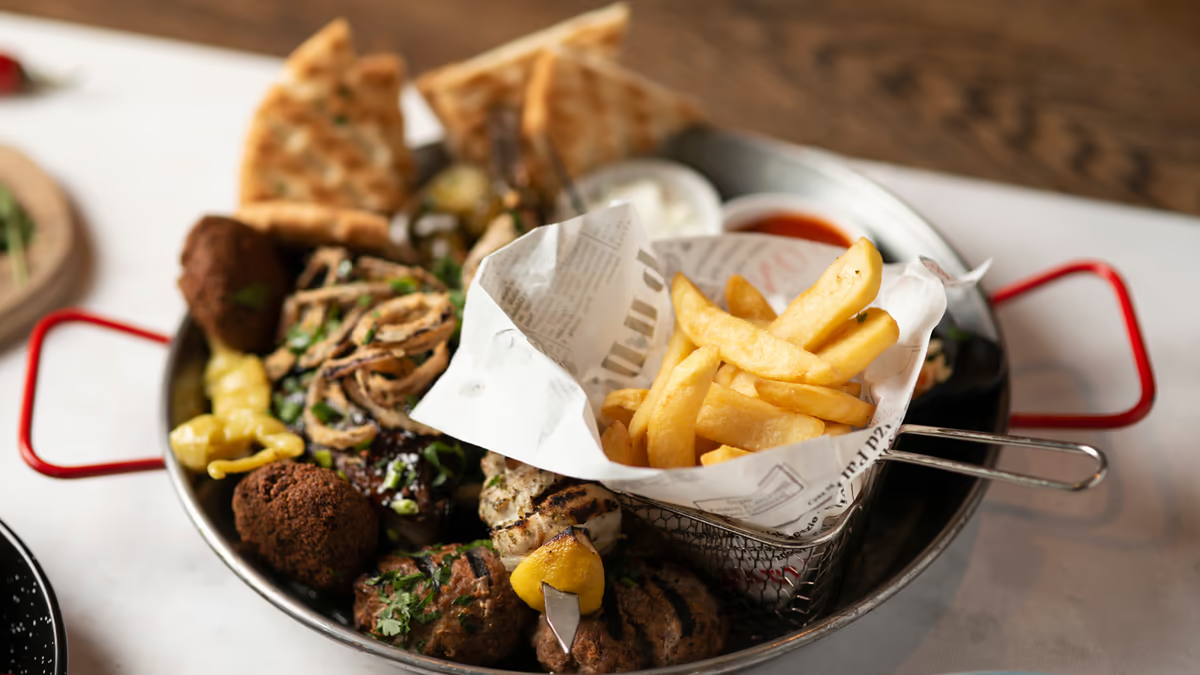 3.Taverna Zante
3.Taverna ZanteCasual Greek restaurant and cocktail bar. Tzatziki, gyros, souvlaki, that sort of thing. Outdoor seating in spring and summer. I go there a lot and the food is delicious.
- 1
 1.Earth.fm app
1.Earth.fm appEarth.fm is a kind of a digital retreat where you can immerse yourself in the sounds of nature. It’s designed to help people unwind, reconnect with the Earth, meditate, and focus. Key Features: - Nature Soundscapes: A curated collection of soothing nature recordings from around the globe. - Interactive Soundmap: Explore sounds from different regions using a world map. - Mobile App: Enjoy nature's sounds wherever you are. - Quiet Places: Discover and learn about tranquil locations worldwide. - Support for Recordings: Encourages new contributions through grants. Benefits: Earth.fm offers a natural way to reduce stress, enhance focus, and nurture a connection with the environment. Whether you’re looking to meditate, work, or relax, the platform’s serene soundscapes provide an easy escape from the busyness of daily life. Use Cases: Perfect for anyone needing a moment of calm, Earth.fm is ideal for background sounds during work or study, meditation sessions, or simply unwinding after a long day. It’s also a great resource for nature lovers who want to explore the sounds of different ecosystems around the world.
- 0
 14.THunt
14.THuntTHunt.ai is a comprehensive solution designed to enhance your selling experience on Temu by providing invaluable data analysis and supplier search tools. THunt.ai empowers sellers by offering a suite of free tools that streamline the process of finding, analyzing, and optimizing product listings on Temu, enabling them to boost sales and improve their market strategy. This allows for a more efficient workflow, making it easier to stay ahead of the competition and maximize profits.
- 0
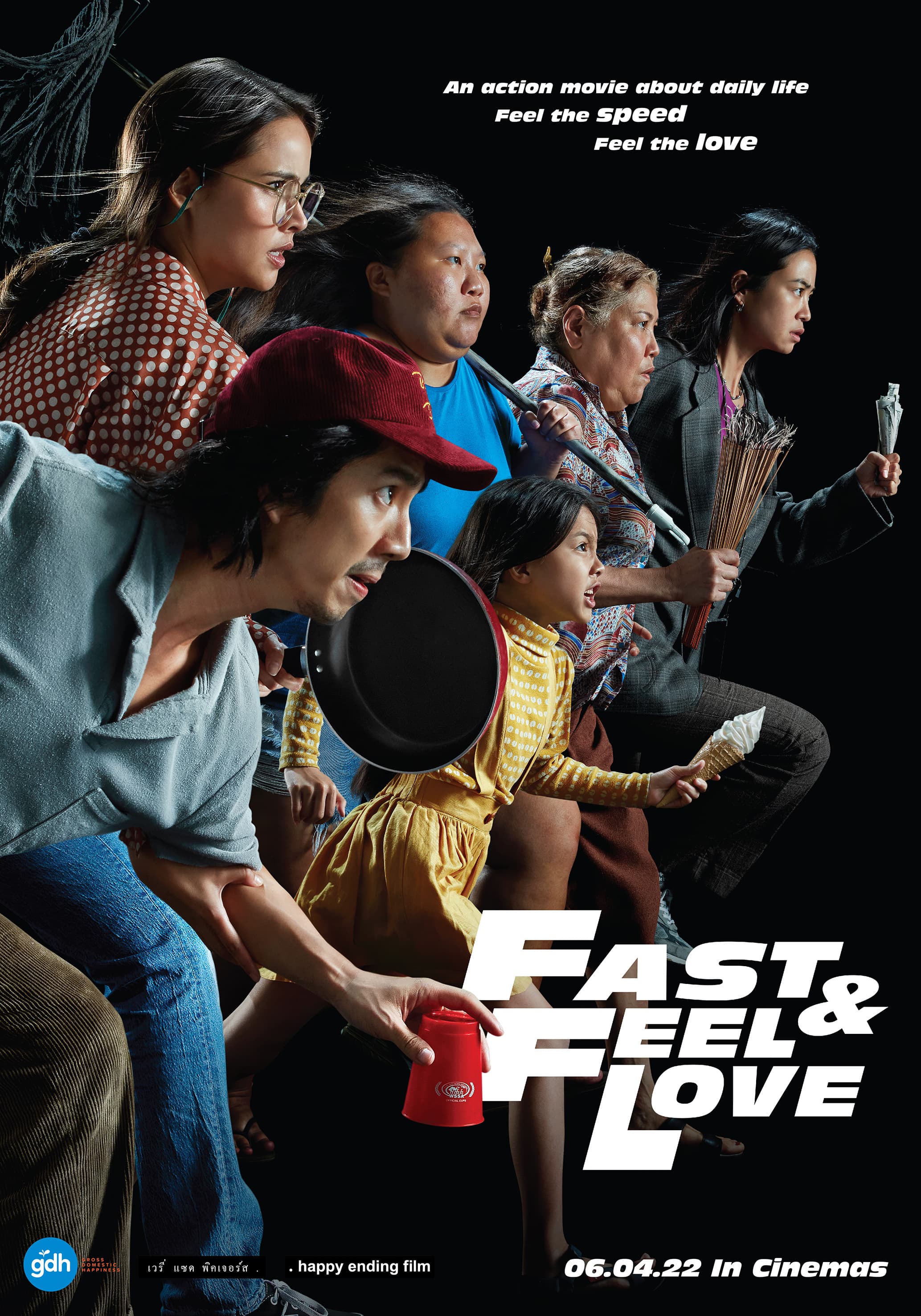 7.Fast and Feel Love
7.Fast and Feel LoveFast and Feel Love is a 2022 Thai action-comedy about a professional cup-stacking champion whose life falls apart when his girlfriend leaves him. Kao (Nat Kitcharit) has spent his life obsessed with speed stacking, aiming to become the world’s fastest. But when Jay (Urassaya Sperbund), the woman who has supported him through everything, decides she’s had enough, Kao is forced to face real life—paying bills, cleaning, cooking, and all the other things he’s never had to do. Directed by Nawapol Thamrongrattanarit, the film blends sports drama with absurd comedy, turning everyday chores into high-stakes action sequences. It’s a fast-paced, hilarious look at growing up, relationships, and the struggles of adulthood.
